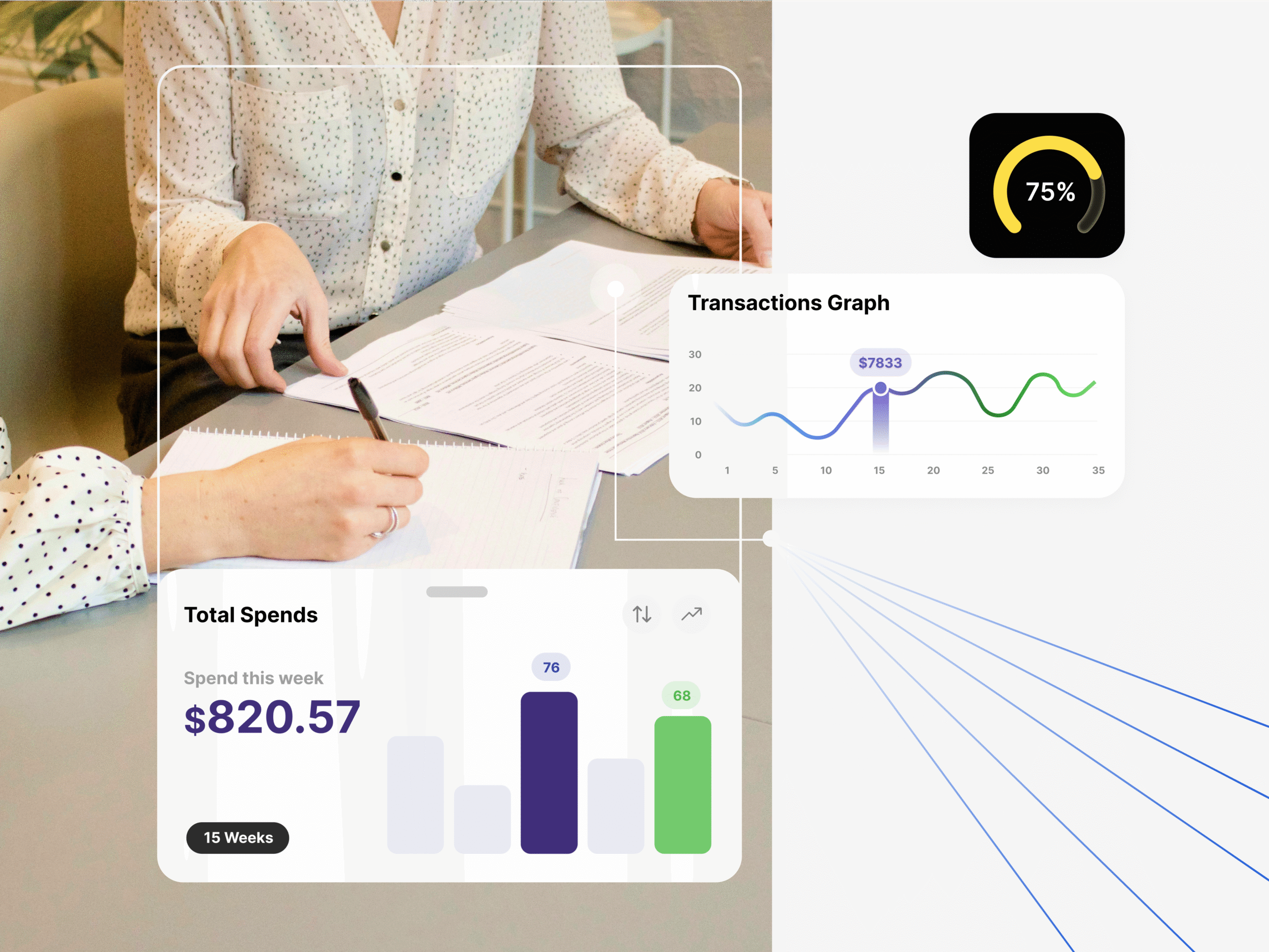Discover key spend management metrics, their impact on cost optimization, and how to leverage them for financial success.
In today’s competitive enterprise landscape, spend management is no longer just a back-office function, it’s a strategic enabler of profitability, resilience, and growth. With rising inflation, volatile global supply chains, and increasing demands for cost optimization, businesses especially in India’s fast-evolving procurement ecosystem must harness procurement data effectively.
Yet, many still lack visibility into what they’re spending, with whom, and why. This is where key spend management metrics to track become vital. These indicators turn raw procurement data into actionable insights, helping enterprises enforce contract compliance, strengthen vendor management systems, and improve supplier performance.
Whether you’re managing a standard procurement system, contract lifecycle management, or sourcing from original equipment manufacturers (OEMs), the right metrics make a measurable difference.
Why Procurement Metrics Matter for Strategic Spend Management
Without measurable KPIs, procurement teams can’t improve what they can’t see. Leaders need more than spreadsheets; they require real-time procurement insights that support cost reduction, policy compliance, and strategic sourcing.
Metrics like spend under management, invoice accuracy, and total cost of ownership (TCO) help organizations shift from reactive processes to proactive procurement strategies, integrated within tools like procure to pay automation and e-procurement software.
Key Benefits Include:
- Accurate supplier performance evaluation
- Improved contract compliance via master service agreements
- Reduced maverick spend (also called rogue spending)
- Smarter sourcing and financial supply chain management
1. Cost Optimization Metrics
Cost optimization starts with meaningful metrics that guide better purchasing decisions.
Total Cost of Ownership (TCO)
TCO goes beyond unit cost to include logistics, maintenance, support, and disposal ideal for evaluating OEM and long-term vendor contracts. It’s central to effective sourcing and procurement decisions, especially during electronic auctions or reverse bidding.
Cost Savings
Whether achieved through supplier negotiation, bidding platforms, or volume aggregation, this KPI reflects actual financial gains. Online bidding sites in India and auction websites are increasingly used to extract competitive pricing and reduce procurement cost.
Cost Avoidance
By identifying potential risks before they materialize like fixed-rate agreements during inflation companies can protect themselves from future expenses. This aligns with strategic procurement solutions and smart vendor onboarding processes.
2. Supplier Performance Metrics
Metrics for measuring supplier performance ensure vendors deliver value and reliability.
On-Time Delivery
Delays affect everything from manufacturing schedules to customer commitments. With tools like the Havells vendor portal or vendor for company dashboards, on-time delivery becomes easier to track.
Quality Performance
Measured through acceptance rates and product defect ratios, this metric is key for companies sourcing from industrial products procurement platforms or OEM manufacturers.
Invoice Accuracy
This metric is tightly linked to tools that create online invoices, generate bills online, and create purchase orders. High accuracy leads to reduced exceptions, faster payment receipts, and improved accounts receivable (AR) in accounting.
3. Spend Visibility Metrics
Clarity on spend drives strategic outcomes.
Spend Under Management (SUM)
Organizations with higher SUM experience better control, more accurate forecasting, and increased efficiency across the cycle of procurement. Centralized procurement models particularly benefit here.
Maverick Spend
Unapproved purchasing outside preferred contracts leads to inefficiencies. Curbing this is possible through guided buying, policy compliance, and procurement digitization efforts.
Contract Compliance
This metric checks alignment with master service agreements (MSAs) and negotiated supplier terms. It prevents contract breaches and ensures contract lifecycle management tools are effectively utilized.
How Technology Enables Better Spend Management
Modern procurement software, supported by contract management in procurement, is essential to track and improve performance.
AI-Driven Insights & BI Dashboards
Use AI-powered procurement to automate alerts, reduce human error, and suggest improvements. Combine it with procurement analytics dashboards for data visualization and decision-making at a glance.
Invoice and Bill Creation Tools
Use solutions to create online invoices, make an invoice online for free, create a free invoice, or generate bills online. These tools support seamless integration with procurement workflows and reduce manual intervention.
Procurement Automation
Automated platforms help teams make purchase orders, create documents in Word format, and ensure compliance across every procurement touchpoint from source to pay to payment receipt generation.
How to Use Spend Management Metrics Effectively
1. Define Objectives
Target cost reduction? Focus on TCO, cost savings, and maverick spend.
2. Combine Metrics
Blend supplier, cost, and compliance KPIs for a 360° view.
3. Benchmark Continuously
Use benchmarking procurement performance to evaluate ROI, negotiate better terms, or improve supplier location diversity.
4. Empower Procurement Teams
Equip teams with online invoice generators, bill creator software, and free invoice software to reduce friction and improve data accuracy.
Real-World Impact: Metrics in Action
One Indian pharmaceutical giant adopted Dice’s spend analysis in procurement platforms across its plants. Within six months:
- Spend under management rose by 34%, improving policy compliance
- Maverick spend dropped 21% via real-time alerts and digital approvals
- Two underperforming suppliers were replaced using a contract lifecycle management software, improving delivery time by 18%
Such improvements highlight the importance of contracting and procurement synergy, supported by data and tools like invoice generators, freeware invoice software, and reverse auction platforms.
Conclusion: Metrics That Drive Strategic Advantage
Spend management metrics aren’t just numbers, they’re levers of value. By focusing on the right KPIs, businesses unlock better budgeting, smarter sourcing, and more aligned supplier relationships.
Whether you’re managing contracts, controlling expenses, reducing costs, or trying to create a bill online with accuracy, the right combination of insights and tools from e-auctions to online bill makers makes all the difference.
In today’s digital procurement age, visibility isn’t a luxury, it’s a necessity. Start with the metrics, and the outcomes will follow.



